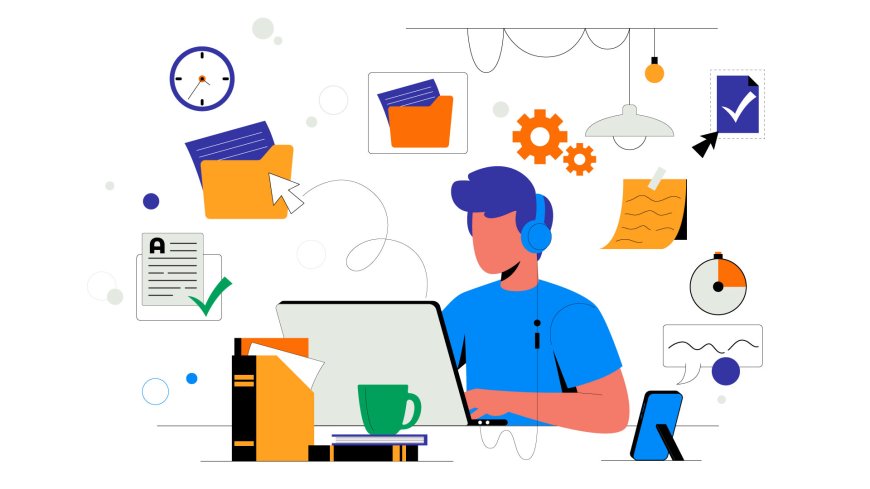Microlearning: The Key to Capturing the Modern Mind
Discover why microlearning is reshaping the future of education. Learn how short, focused learning modules increase retention, engagement, and real-world impact across industries.

Think about it—when was the last time you watched a video longer than 10 minutes without getting distracted?
Learning habits aren’t just changing—they’re evolving. Even two people from the same generation may consume information differently, simply because of the tools they’ve had access to in recent years.
Now, we’re witnessing the rise of three digital-native generations: Millennials, Gen Z, and the rapidly emerging Gen Alpha. They’ve grown up with screens and treat the Internet as a natural extension of themselves. A striking fact: a large portion of Gen Z watches YouTube videos at 1.5x speed—or faster. Anything slow is quickly dismissed.
This shift is reshaping how we design education. Long sessions, 40-minute videos, or endless documents are becoming less and less effective.
That’s where microlearning steps in—as the bridge between attention spans and meaningful learning.
What Is Microlearning—and Why Does It Matter?
Microlearning delivers knowledge in short, focused segments. Each module targets a specific topic or skill—never overwhelming, always manageable. A 3-minute video, a 5-question quiz, or a short interactive animation… All are small yet powerful steps.
But why is it so effective?
Because that’s how the brain works.
Cognitive science has long confirmed this: 50% of newly learned information is forgotten within the first hour, and 80% within a few days. Ebbinghaus’ Forgetting Curve illustrates this clearly. But when we deliver information in small doses and reinforce it through repetition, retention significantly improves.
In a study at the Technical University of Dresden, learners who engaged with microlearning content not only performed better on exams, but completed them more quickly. That’s no coincidence.
Why Microlearning Really Works
— It’s About Science, But Also Human Psychology
Short, focused content isn’t just faster—it’s more motivating and sustainable. Learners experience a repeated sense of progress and accomplishment.
A study published in the Journal of Applied Psychology confirms this:
- Self-paced learners retained 23% more information with microlearning.
- Those using problem-solving modules developed 28% stronger critical thinking skills than those following traditional long-form formats.
These numbers are telling us something loud and clear: a good learning experience doesn’t have to be long. It just needs to be well-structured and well-delivered.
Where Can Microlearning Be Applied? Almost Anywhere.
Let’s look at a few examples:
- A new hire can learn about company culture with 5-minute daily modules instead of bulky orientation manuals.
- A busy nurse can refresh emergency procedures before a night shift with a short video.
- A developer can quickly grasp a new tool or library through mini tutorials.
- An employee returning from parental leave can re-engage with short, targeted refreshers.
These aren’t edge cases. Microlearning brings education into the rhythm of real life—turning learning into a natural part of the workday, not a separate event.
How Can You Implement Microlearning?
A fair question: “But how do we actually make this work?”
The good news is: the tech is already here.
✔️ Platforms like Moodle, Canvas, and Open edX allow you to design mobile-friendly microlearning modules with 3-minute videos and short quizzes.
✔️ Mobile apps support gamification, push notifications, and progress tracking—keeping users engaged from start to finish.
A few use cases:
- • Onboarding: New employees can learn policies and procedures in bite-sized modules.
- Compliance & safety: A factory worker can watch a quick safety video during a break.
- Sales teams: Explore new product features through gamified mini-scenarios.
And this doesn’t replace traditional learning—it enhances it.
Final Thought: Microlearning Doesn’t Mean Micro Impact
Education is evolving fast. Those who thrive will not only deliver knowledge—but deliver it in ways that resonate with the learner.
Microlearning isn’t a passing trend. It’s a modern bridge—connecting today’s attention with tomorrow’s wisdom.
If you’re looking to make learning in your organization, school, or platform more engaging, accessible, and impactful—we’d be excited to help you build that bridge.